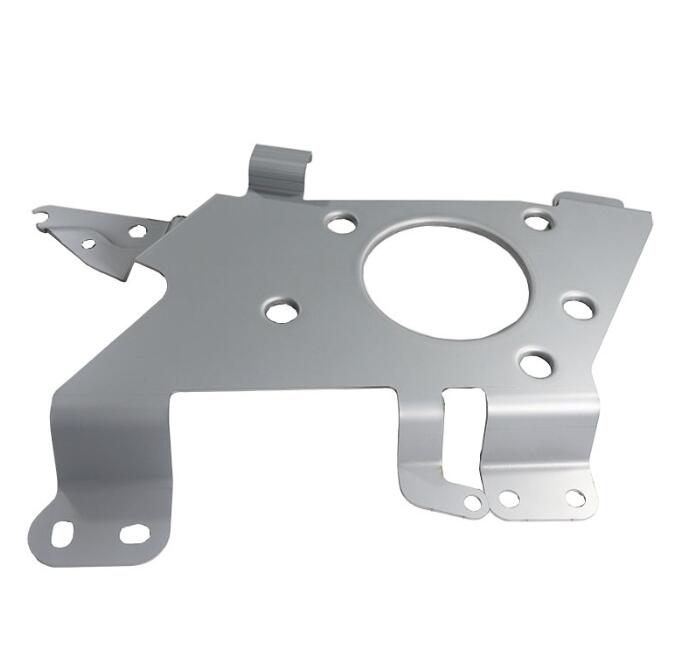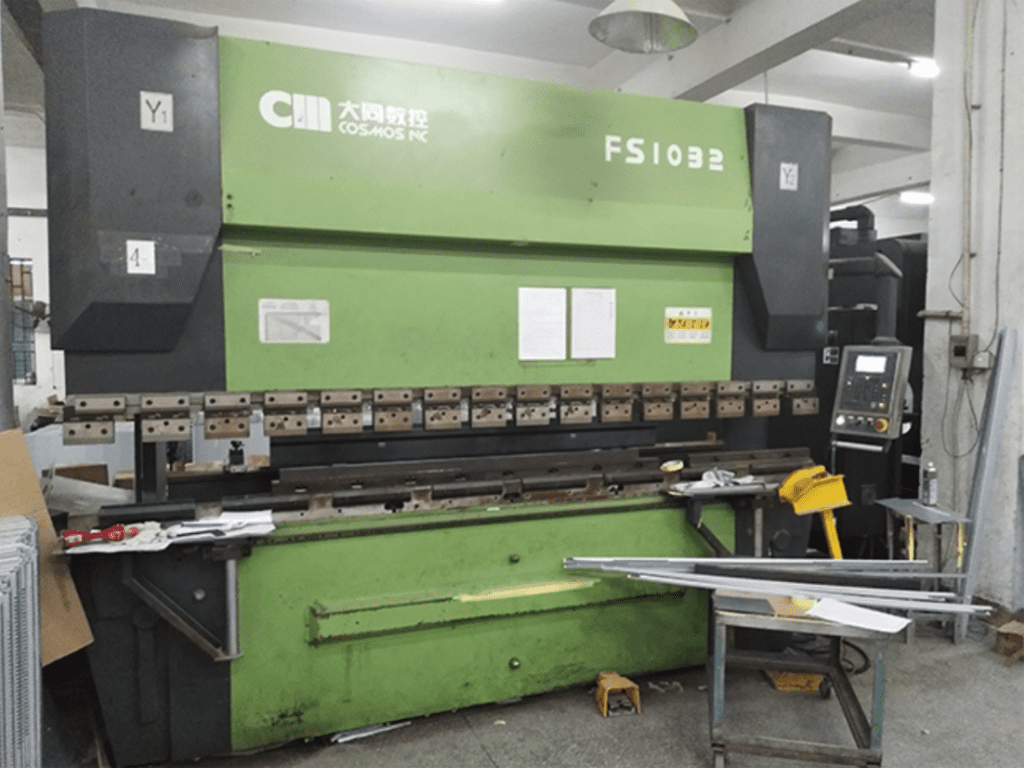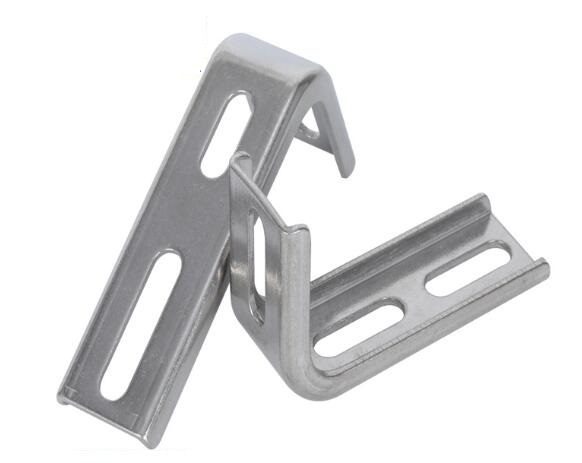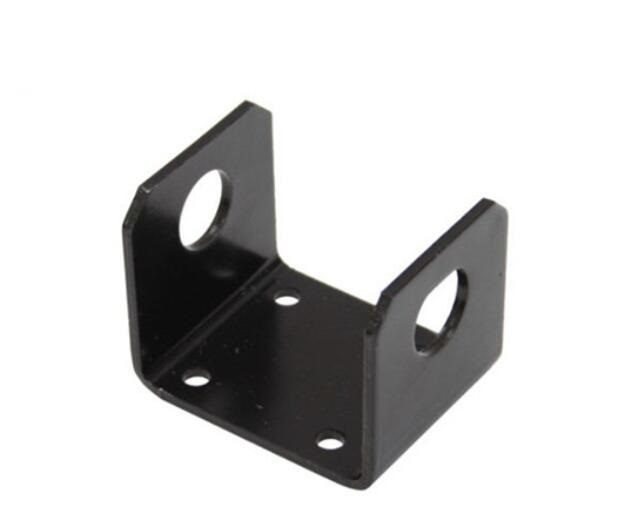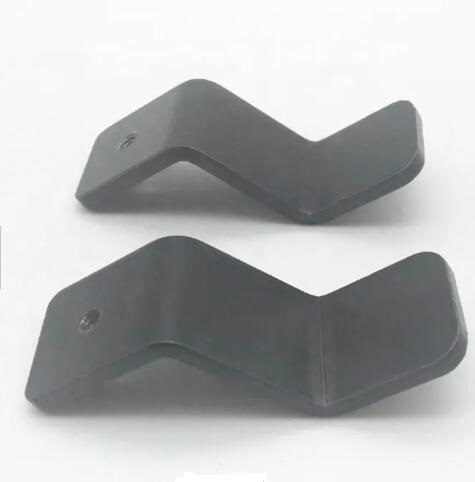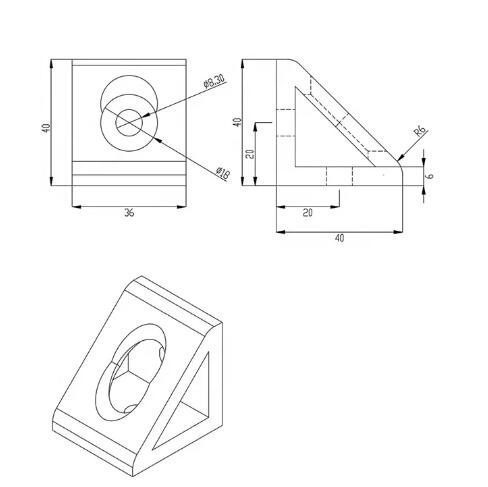Key factors to consider when designing sheet metal brackets
Designing sheet metal brackets requires careful planning and understanding of the functional requirements. Here are some crucial factors to consider:
1. Instructions for designing L-shaped brackets, focusing on bend angles
When designing L-shaped brackets, a fundamental factor to consider is the bend angle. This is because the bracket’s strength and functionality heavily rely on the correct bend angle. Furthermore, incorrect bend angles can lead to issues in assembly, particularly if the bracket is part of a larger structure.
2. Design considerations for U-brackets and Z-brackets
For U-brackets and Z-brackets, the design focus shifts slightly. Here, the primary focus is on the internal dimensions. This is because these brackets are often used to hold cylindrical objects or to mount items. Ensuring the correct internal dimensions means the object being held or mounted will fit securely.
3. The need for pre-determined holes for fasteners
Regardless of the bracket type, one universal design consideration is the need for pre-determined holes for fasteners. This is because brackets typically aren’t standalone objects. They’re often part of larger structures, so being able to secure them properly is critical.
4. Financial considerations of welded parts and machined components
Cost is always a factor to consider. It’s crucial to understand the financial implications of using welded parts versus machined components in your bracket design. While welding can often offer more strength, it’s usually more expensive than machining. Understanding your budget constraints can help inform the best design decisions for your specific use case.
5. Material Strength
One of the essential elements to consider is the material strength. Depending on the bracket’s application, you’ll need to select a material with appropriate tensile strength, yield strength, and hardness. For instance, stainless steel is often used for its excellent strength and corrosion resistance, while aluminum is favored for its lightweight and good strength-to-weight ratio.
6. Welded Parts and Machined Components
Financial considerations often come into play when deciding between welded parts and machined components. Welding can provide a high-strength joint at a lower cost, but machined components can offer better precision and finish.
7. Surface Finishing
Surface finishing is essential not only for aesthetics but also for the bracket’s lifespan and functionality. Whether you choose powder coating, anodizing, plating, or sandblasting, your choice can impact the bracket’s corrosion resistance and appearance.
8. Other Factors
Other factors to consider include the bracket’s size and thickness, the manufacturing process’s cost-effectiveness, and the environment in which the bracket will be used. Each of these factors can impact the bracket’s design, functionality, and overall performance.


